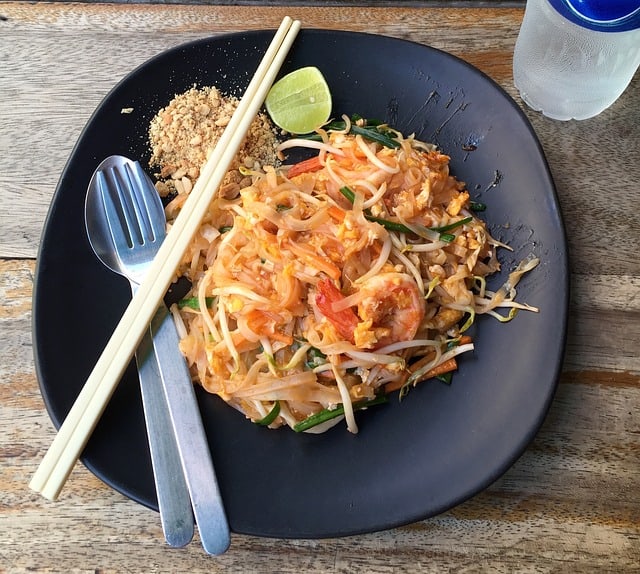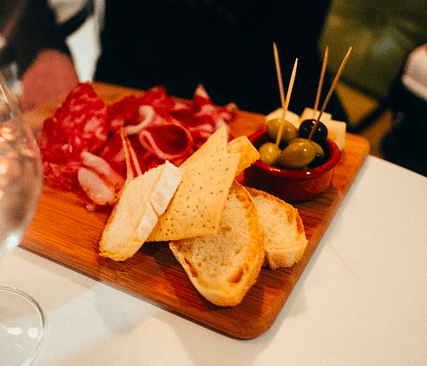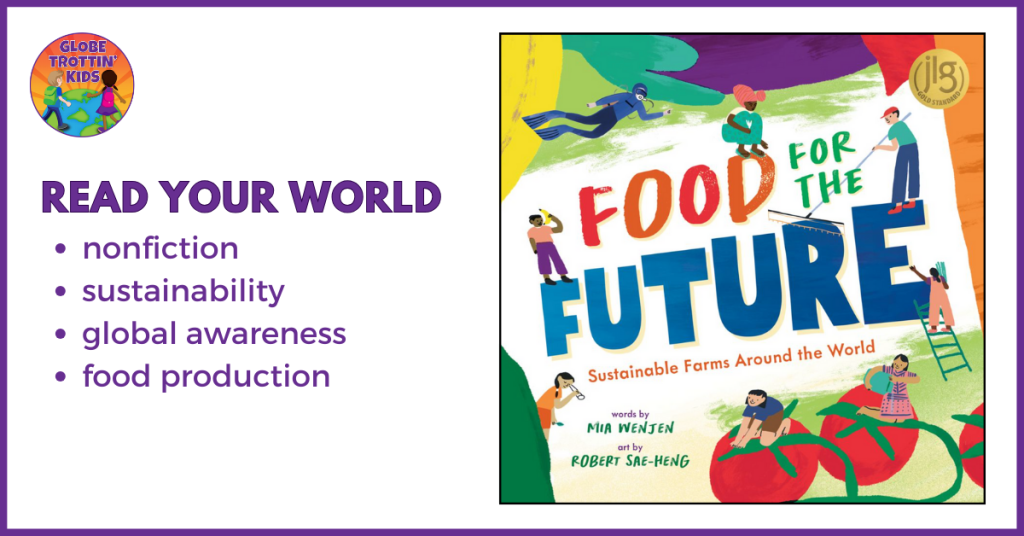Introducing Cultures Through International Cuisines
Children learn best about different people and languages through first-hand experience. They are sensory beings who learn through the experiences of touch, see, smell, hearing, and taste. It can be challenging to incorporate all five senses into a cultural lesson. Or is it?
Not when you let children experience new cultures through cuisine.

This post was written by guest blogger, Deborah Tayloe.
International Cuisines
International cuisines are diverse, colorful, and amazing. Children, especially younger ones, are open-minded to new ideas. Take advantage of this curiosity.
You may think that children are naturally picky eaters and this would never work. Keep an open mind and remember that children aren’t “born picky.” In fact, they become picky through experiences. Trying international cuisine may even have a two-fold effect: opening them up to new cultures and reversing some “picky” tendencies they may have developed.
Not sure how to expose your child to new cultures and foods? Here are a few ideas for fun, food-based cultural introductions.
Thai Cuisine
Thai cuisine is heavily influenced by ancient traditions and influenced by Vietnamese and Chinese cuisines. Thai chefs rely on aromatic, savory dishes with a gorgeous presentation. If you can nail the presentation, great! If not, just have fun with it.
Set the table with a length of Thai-inspired elephant-print fabric. Pick up Thai take-out or even grab something from the freezer section of your supermarket. If your child is older, let him/her help you make a pad Thai meal. As you dine, let your child roll lettuce wraps of rice and savory Thai meats.
Read more about Thai food, mealtime customs, and find traditional recipes here.

Share these fun facts about Thailand:
- Siamese Cats are actually native to Thailand, not China.
- The Thai language is an offshoot of Chinese.
- Buddhism is Thailand’s largest religion.
Visit the Globe Trottin’ Kids country profile page for an infographic, map, photographs and more: Thailand.
Italian Cuisine
Who doesn’t love Italian food? To most children, Italian cuisine is synonymous with pizza. Let’s expand their horizons!
Kids love to eat with their hands, so make easy antipasti for dinner. Pile a platter with plump and colorful olives, hard cheese such as Pecorino, and Italian cured meats. Serve crusty Italian bread dipped in olive oil with herbs. Enjoy a meal of heavy appetizers.
Read more about Italian food, learn about mealtime customs, and find traditional recipes here.

Share these fun facts about Italian culture:
- The primary religion in Italy is Catholicism.
- Some of the greatest artists in history were Italian.
- The national music of Italy is Opera.
Visit the Globe Trottin’ Kids country profile page for an infographic, map, photographs and more: Italy.
Mexican Cuisine
Mexico is a large country and our neighbor. The Latino culture heavily influences our culture through food and music. Decorate the table with bright colors and pick up a pair of maracas from the party store. It’s time for a fiesta!
Seriously, this is a great teaching opportunity. Your children probably already love Mexican food, so make homemade cheese quesadillas and guacamole and learn about Mexico.
Read more about Mexican food, learn about mealtime customs, and find traditional recipes here.

Here are a few facts about Mexico to share with your child:
- The jungles of Mexico are home to parrots, jaguars, and iguanas. It’s a bio-diverse rainforest.
- The Aztec (natives) of Mexico invented hot chocolate.
- Mariachi music is the nation’s favorite music.
Visit the Globe Trottin’ Kids country profile page for an infographic, map, photographs and more: Mexico.
Helpful Hints
Regardless of the culture, focus on these keys to success:
- Turn off the television during this special dinner.
- Remain positive, even if they do scoff at the food.
- As you discuss facts about the cultures, take cues from your child and explore their interests (animals, sports, etc.) with age-appropriate activities.
- Have a tablet handy to explore images of artwork or listen to music from that culture.
- Make this a special occasion, maybe once a week or two – depending on your child’s age and attention span.
These are just three examples. As you can see, the possibilities for teaching about cultures through international cuisine are endless. With some imagination and effort, you can lead your child on a safari through Kenya, a trek through Tibet, sailing in the Norwegian fjords, or mushing through the Arctic.
Find more information and recipes at Food in Every Country.
Related Posts:
AUTHOR BIO: Deborah Tayloe is a professional freelance writer with a B.S.Ed. in English and contributor to My Kitchen Adviser. She has taught ESL and loves working with children.


